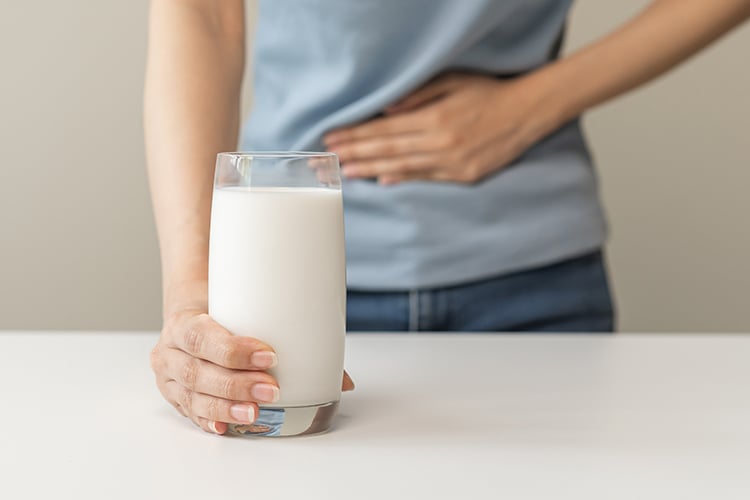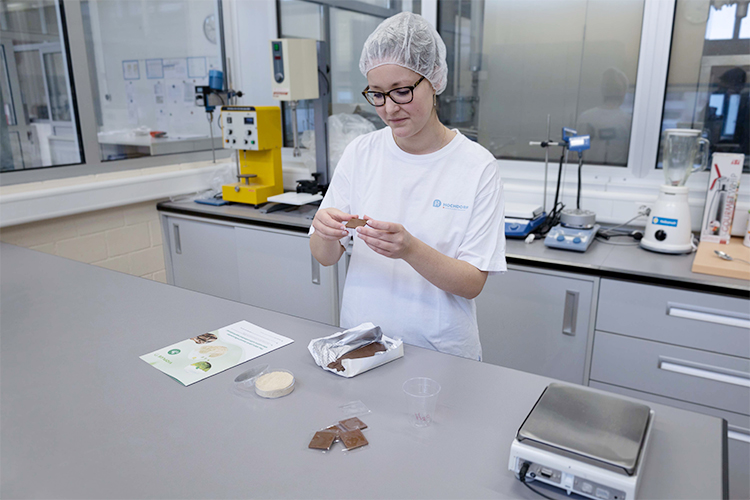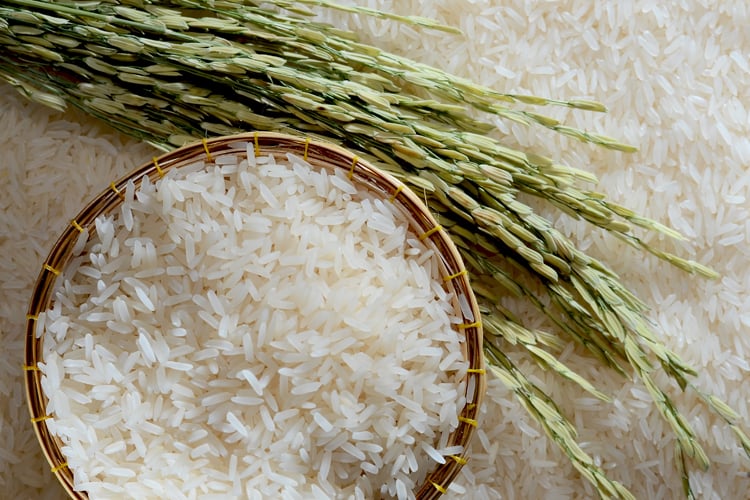
Not all sugar is the same
There are different types of carbohydrates. Depending on the number of sugar molecules we can distinguish between simple sugars, known as monosaccharides, double sugars also called disaccharides, and multiple sugars, which include polysaccharides and oligosaccharides. The latter are complex carbohydrates. Oligosaccharides comprise between three and 10 sugar molecules; polysaccharides contain at least 11. The most important monosaccharides are glucose and fructose, while milk and granulated sugar are disaccharides. Complex sugars are found in pulses, cereal products and potatoes, so carbohydrates are not always sweet.
How carbohydrates work
Before carbohydrates reach the blood stream, the body has to convert them into simple sugar or glucose. As a result, simple and double sugars have an instant impact, but no long-term effect on how full we feel. Complex carbohydrates, such as potatoes, cereal products or pulses, are therefore better energy providers. But we need to differentiate clearly between the energy source and the desired response: when we take part in sport it can make perfect sense to reach for a fast impact carbohydrate to prevent a sudden drop in performance. And we shouldn’t forget that fruit and milk, which “only” contain simple or double sugars also provide us with vitamins, minerals and fibre that are essential for health. So there is no ideal carbohydrate or food. In the final analysis, it’s all in the mix.
Further Information
- Article "Prebiotics in infant formula"










Leave a comment